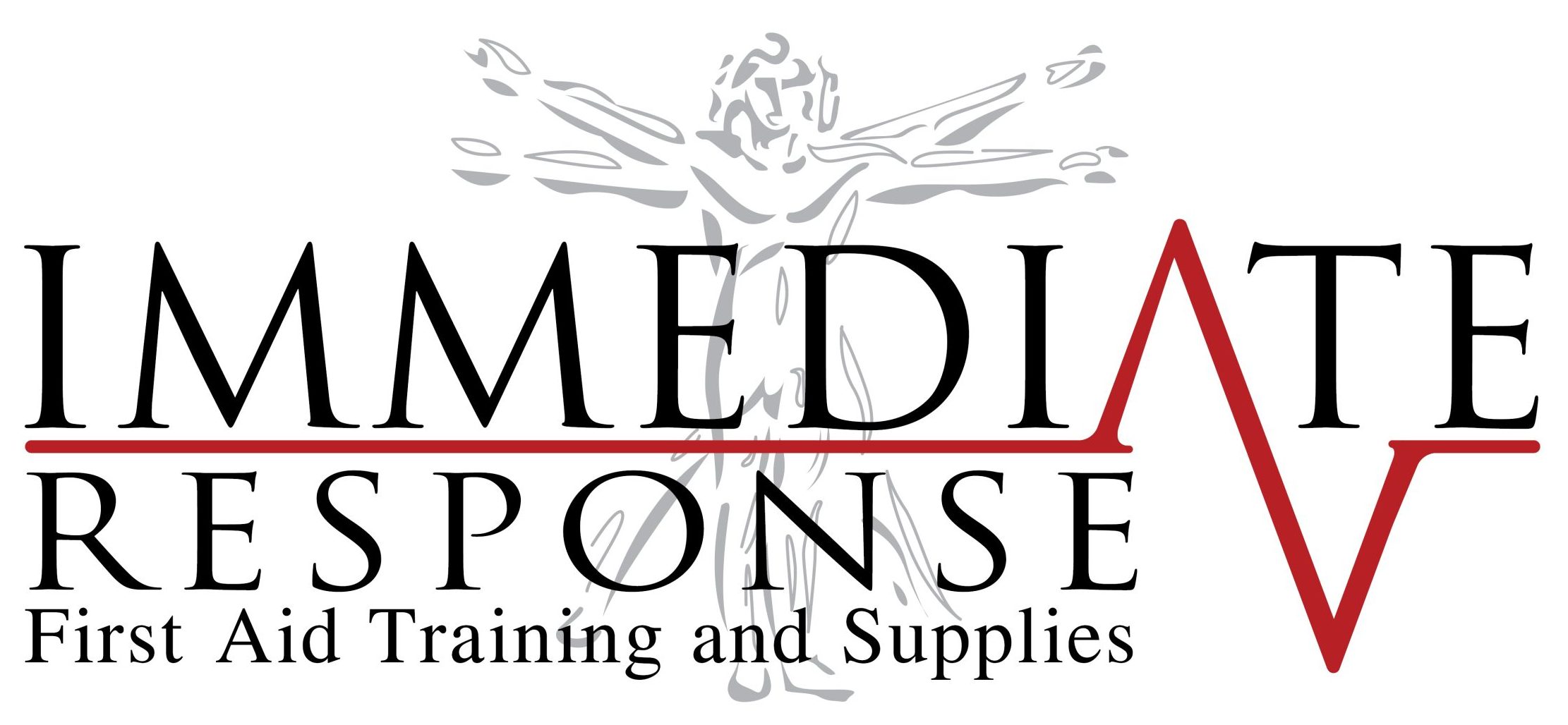The Chain of Survival
The Chain of Survival is the term applied to a sequence of actions that, when put into motion, reduce the mortality associated with cardiac arrest. While each action in the chain is unlikely on its own to revive a casualty, when all actions are effectively used together they can improve the outcome for the casualty.
Sudden cardiac arrest is the unexpected collapse of a casualty whose heart has stopped. Cardiac arrest occurs suddenly due to a disturbance in the electrical signals of the heart and is closely linked with sudden chest pain. It is estimated that more than 95% of sudden cardiac arrest casualties die before reaching hospital as the casualty has only minutes from the time of collapse until death.
If all four links in the Chain of Survival are strong the chance of survival for a sudden cardiac arrest casualty can rise from 5% to as high as 60%-70%.

Early Access
The first link in the Chain of Survival is the call to emergency services. An immediate call to 000 for an ambulance is crucial; a delay of only a few minutes could be fatal. By quickly recognising a medical emergency you can save a life as it means Early Advanced Cardiac Life Support can be started as soon as possible.
Early Cardiopulmonary Resuscitation (CPR)
CPR is the second link in the Chain of Survival; it is the link that can buy life-saving time between the first link Early Access to emergency care and the third link Early Defibrillation.
Early Defibrillation (A E D)
If CPR is given within 4 minutes and defibrillation within 8-12 minutes, the chance of survival is significantly improved.
Most sudden cardiac arrest casualties are in Ventricular Defibrillation (VF) or Ventricular Tachycardia (VT), the delivery of an electrical shock to the heart muscle, can restore normal heart function if it occurs within minutes of sudden cardiac arrest onset.

Early Advanced Cardiac Life Support
Paramedics monitor the casualty closely on the way to the hospital, where more definitive diagnostic evaluation can occur.
Keep Your AED Properly Maintained
Imagine that you are at work chatting with a co-worker. Suddenly a strange look comes across your co-worker’s face and they collapse. Fortunately, you recently completed a CPR and first aid course and feel confident to shout for someone to call 000, while you check for breathing and response. You detect neither and as you begin CPR, you suddenly remember… the AED! You shout for someone to get the AED that has been mounted in the hallway of the building for years. The AED is retrieved; you open the case, try to turn the device on and… nothing. To your horror, you realise that the batteries are dead!
Automated External Defibrillators (AED) can be a lifesaving tool but can be useless if not maintained. An AED maintenance schedule is essential in keeping your device functioning properly. Recommended maintenance and care of an AED includes:
- Place your AED in a visible and unobstructed location.
- Verify the battery installation is correct.
- Check the status/service indicator light.
- Note the absence of the visual and/or audio service alarm.
- Inspect exterior components and sockets for cracks.
- Confirm that you have two sets of sealed AED pads that have not expired.
- Keep accurate records and replacing the AED battery is recommended for your particular device.
- Refer to the manufacturer’s manual for more information and proper maintenance procedures for your particular device.

